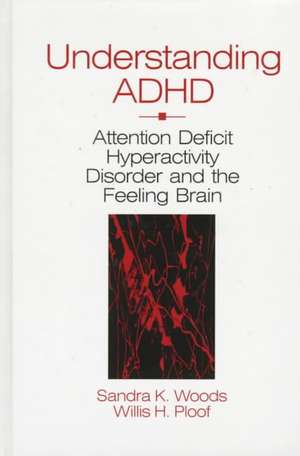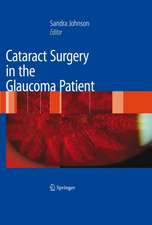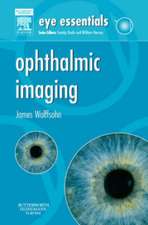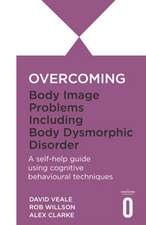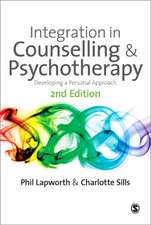Understanding ADHD: Attention Deficit Hyperactivity Disorder and the Feeling Brain
Autor Sandra K. Woods, Willis H. Ploofen Limba Engleză Hardback – 19 aug 1997
What is the significance of attaching meaning to events, people, ideas and objects by associating them with pain or pleasure? This question lies at the heart of this exploration into the biobehavioural underpinnings of Attention Deficit Hyperactivity Disorder (ADHD).
Integrating research findings from neuroscience with insights from clinical practice, the authors present their model, at the centre of which is the observation that those afflicted with ADHD appear to have considerable difficulty imprinting the feeling component of experience. Following a discussion of neurobehavioural processes and the relevance of temperament to ADHD, the authors overview literature in the field and provide information on childhood symptomology, prevalence rates, persistence of symptoms into adulthood and medications. The book continues by further exploring the authors' model, with a focus on brain reward and punishment mechanisms, and concludes with a section on treatment.
Preț: 1400.07 lei
Preț vechi: 1473.76 lei
-5% Nou
Puncte Express: 2100
Preț estimativ în valută:
267.89€ • 279.73$ • 221.22£
267.89€ • 279.73$ • 221.22£
Carte tipărită la comandă
Livrare economică 15-29 aprilie
Preluare comenzi: 021 569.72.76
Specificații
ISBN-13: 9780803974227
ISBN-10: 0803974221
Pagini: 232
Dimensiuni: 152 x 229 x 20 mm
Greutate: 0.49 kg
Ediția:1
Editura: SAGE Publications
Colecția Sage Publications, Inc
Locul publicării:Thousand Oaks, United States
ISBN-10: 0803974221
Pagini: 232
Dimensiuni: 152 x 229 x 20 mm
Greutate: 0.49 kg
Ediția:1
Editura: SAGE Publications
Colecția Sage Publications, Inc
Locul publicării:Thousand Oaks, United States
Cuprins
PART ONE: THE MODEL
Introduction
Associated Neurobehavioral Processes
Temperament and Psychic Illness
Relevance of Temperament to the Model
PART TWO: BACKGROUND
Brief Description of the Disorder
The Psychomotor Stimulants
How Do They Work?
ADHD and Monoamine Function
PART THREE: BRAIN REWARD AND PUNISHMENT MECHANISMS: A CLOSER LOOK
Brain-Stimulation Reward
Conditioned Reward
Punishment Systems, Functional Interactions with Reward Systems
PART FOUR: TREATMENT: OUR PERSPECTIVE AND PRACTICE
Behavior Management, Psychotherapy
Pharmacotherapy
Adult ADHD
Some Additional Treatment Considerations
Long-term Stimulant Medication
Enduring Changes in Neuronal Function?
Introduction
Associated Neurobehavioral Processes
Temperament and Psychic Illness
Relevance of Temperament to the Model
PART TWO: BACKGROUND
Brief Description of the Disorder
The Psychomotor Stimulants
How Do They Work?
ADHD and Monoamine Function
PART THREE: BRAIN REWARD AND PUNISHMENT MECHANISMS: A CLOSER LOOK
Brain-Stimulation Reward
Conditioned Reward
Punishment Systems, Functional Interactions with Reward Systems
PART FOUR: TREATMENT: OUR PERSPECTIVE AND PRACTICE
Behavior Management, Psychotherapy
Pharmacotherapy
Adult ADHD
Some Additional Treatment Considerations
Long-term Stimulant Medication
Enduring Changes in Neuronal Function?
Descriere
Integrating research findings from neuroscience with insights from clinical practice, the authors present their model, at the centre of which is the observation that those afflicted with ADHD appear to have considerable difficulty imprinting the feeling component of experience. Following a discussion of neurobehavioural processes and the relevance of temperament to ADHD, the authors overview literature in the field and provide information on childhood symptomology, prevalence rates, persistence of symptoms into adulthood and medications. The book continues by further exploring the authors' model, with a focus on brain reward and punishment mechanisms, and concludes with a section on treatment.
